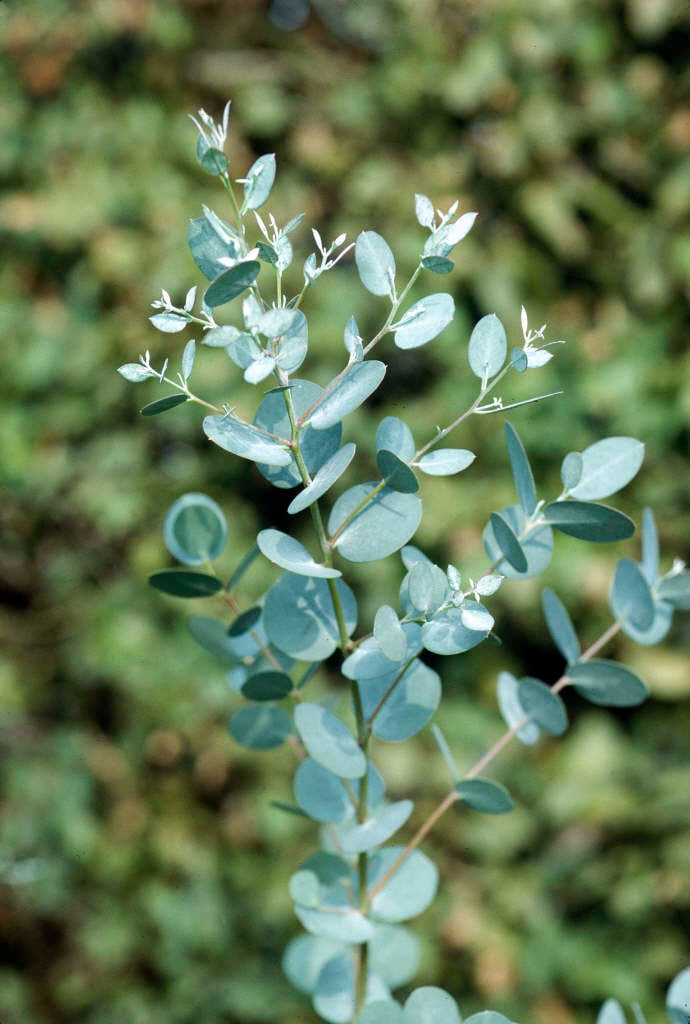Eucalyptus gunnii
cider gum
A large evergreen tree with peeling cream and brown bark. Juvenile foliage bright glaucous-blue, rounded; adult leaves elliptic or sickle-shaped, grey-green. Flowers white, in small clusters
Size
Ultimate height
Higher than 12 metresTime to ultimate height
10–20 yearsUltimate spread
Wider than 8 metresGrowing conditions
Moisture
Moist but well–drained, Poorly–drained, Well–drainedpH
Acid, NeutralColour & scent
| Stem | Flower | Foliage | Fruit | |
| Spring | Green Grey Silver | |||
|---|---|---|---|---|
| Summer | White | Green Grey Silver | ||
| Autumn | Green Grey Silver | |||
| Winter | Green Grey Silver |
Position
- Full sun
Aspect
East–facing or South–facing or North–facing or West–facing
Exposure
Sheltered Hardiness
H5Botanical details
- Family
- Myrtaceae
- Native to GB / Ireland
- No
- Foliage
- Evergreen
- Habit
- Columnar upright
- Genus
Eucalyptus are evergreen trees or large shrubs, often fast-growing, some with attractive bark, most with aromatic foliage, and clusters of small, white, yellow or red flowers
- Name status
Correct
- Plant range
- Tasmania
How to grow
Cultivation
Grow in slightly acidic soil with full sun and shelter when young
Propagation
Propagate by seed at 13-18°C in spring and summer
Suggested planting locations and garden types
- Architectural
- Patio and container plants
- Sub-tropical
Pruning
Pruning group 1. For best juvenile foliage prune as pruning group 7. Restrictive pruning may be necessary under glass
Pests
May be susceptible to eucalyptus gall wasp and eucalyptus sucker
Diseases
May be susceptible to silver leaf, oedema and honey fungus
Get involved
The Royal Horticultural Society is the UK’s leading gardening charity. We aim to enrich everyone’s life through plants, and make the UK a greener and more beautiful place.
